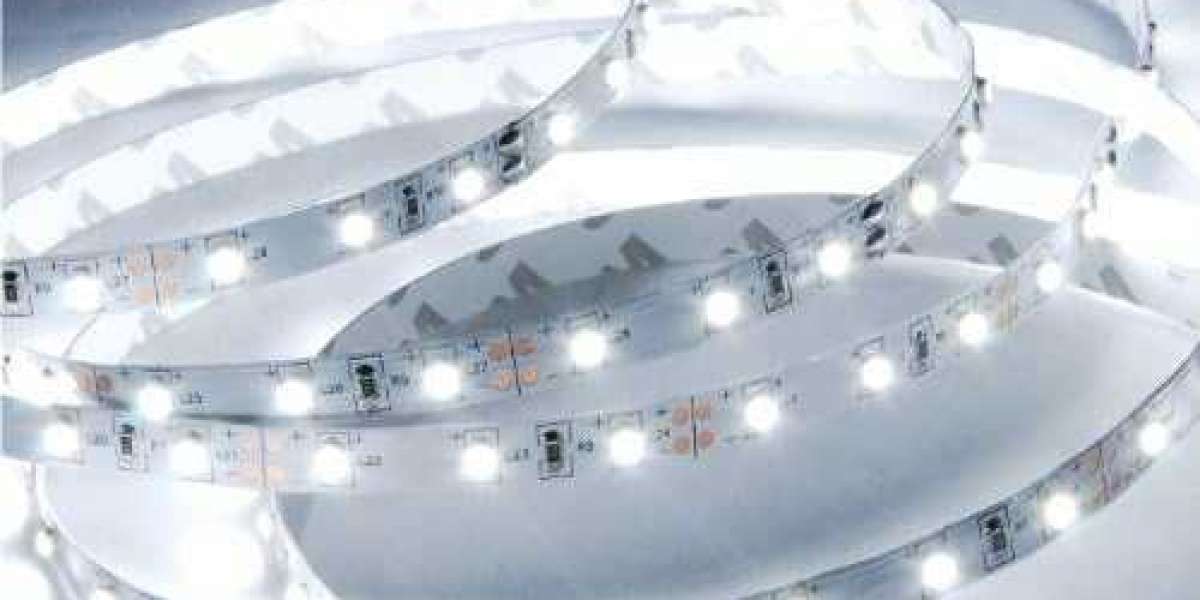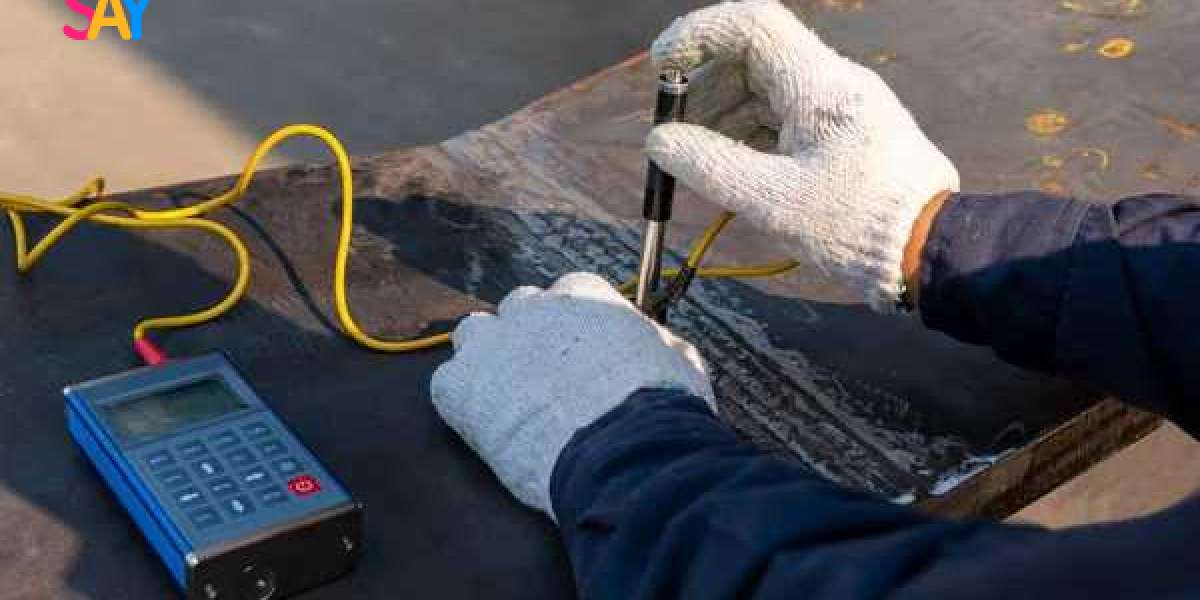LED strip lights are a fantastic way to add bright, colorful light to various spaces. Whether you want to enhance your desk, countertops, rec room, boat, or camper, LED lights can create a vibrant and captivating atmosphere.
While you can easily find ready-to-stick LED strips at electronics stores, they tend to be expensive and lack the ability to be wired together. By purchasing the components separately, you gain the flexibility to place the lights anywhere you desire. The main challenge lies in figuring out what components you need for your LED light setup.
Read more about BLLS-Lighting
What You’ll Need to Install LED Lights
To install LED lights, you’ll need the following components:
- Power source ($20): This transformer takes the 120 volts from an outlet and brings it down to 12 volts to power the lights.
- Controller ($17): Allows you to control the color and brightness of the lights using a remote or smartphone app. Wire connections are made with set screws. If you only want to turn the lights on or off, you can replace the controller with a switch.
- 5 wire 22 ga low voltage cable ($.45/ft): Available with two, four, five, or six color-coded 22ga wires, depending on the LED strip’s configuration.
- Solderless wire clamps ($1.50): These clamps pierce the wire to make the connection and hold it in place. Make sure to get a clamp that can accommodate the number of wires your LED strip requires.
- 16ft RGBW LED strip light strip ($65): Comes in various configurations of colors and sizes, with some options being weatherproof and offering varying brightness. The strips can be cut to size along the contacts, and multiple lengths can be connected. They come with adhesive backing, making it easy to secure the lights.
- Aluminum Channel ($10): Using an aluminum channel and frosted cover gives a clean, polished look to exposed light strips.

What to Consider When Buying LED Strips
When purchasing LED light strips, there are several factors to consider:
- 12V or 24V? Match the voltage of the LED strip to the voltage of the power source (battery or transformer).
- Weatherproof or not? If the lights will be exposed to moisture or weather, opt for a weatherproof strip.
- Color code: LED light strips come in various color configurations:
- RGB (only colors)
- RGBW (colors and white)
- RGB+CCT (colors and white, with the ability to change from cool to warm white temperature)
- How many wires? Different types of LED lights require a specific number of wires:
- RGB lights require four wires.
- RGBW lights require five wires.
- RGB+CCT lights require six wires.
- Controller or no controller? If you want to change the color or brightness of the lights, you’ll need a controller. Make sure to get one with the same number of wires your lights require.
Follow us to discover led lights: https://gettr.com/user/bestledlightstripsblls
How to Install LED Strip Lights
Here’s a step-by-step guide to installing LED strip lights:
Step 1: Cut LED Strip to Length
Determine the desired length and cut the strip along the copper contacts. It’s crucial to cut right on this line to maintain the connection.
Step 2: Connect the Cable
Connect the wires to the strip using a solderless clamp. Insert the strip into the short end of the clamp, then match the colored wire with its corresponding letter on the LED strip at the other end of the clamp. The order may be different, so you may need to rearrange the wires. Pinch the clamp tight without stripping the wires.
Step 3: Attach the Controller
The controller allows you to change the color or dim the lights. If you’re using color-changing lights, a controller is essential. Strip the colored wires and align each with the corresponding port on the controller. Tighten the screw to secure them in place.
Step 4: Mount the Lights
Peel away the adhesive backing and stick the lights wherever you need them. If the lights will be partially visible, consider using an aluminum channel. This channel is designed to accommodate different-sized LED strips and comes with a frosted lens, giving the setup a polished appearance.
Read more: How To Add LED Lights To a Bed?
Step 5: Power Up the Lights
If you’re adding LED strip lights to a 12-volt system, such as a boat, trailer, or car, connect the positive and negative 12-volt leads to the controller. If installing them in your home, plug a transformer into the controller and then plug the transformer into an outlet.

Frequently Asked Questions
Q: Can I cut LED strip lights to fit a specific area?
A: Yes, LED strip lights can be cut to size along the copper contacts, allowing you to customize the length to fit your desired area.
Q: Can LED strip lights be used outdoors?
A: Yes, some LED light strips are weatherproof and can be used outdoors. Make sure to choose a weatherproof strip if the lights will be exposed to moisture or weather conditions.
Q: Can I control the color and brightness of LED strip lights?
A: Yes, by using a controller, you can easily control the color and brightness of LED strip lights. Make sure to choose a controller that is compatible with the number of wires your LED lights require.
Q: How do I power up LED strip lights?
A: If you’re adding LED strip lights to a 12-volt system like a boat, trailer, or car, you’ll connect the positive and negative 12-volt leads to the controller. If you’re installing them in your home, plug a transformer into the controller and then plug the transformer into an outlet.
By following these steps and considering the necessary components, you’ll be able to buy and install LED strip lights to illuminate your space and create a captivating ambiance. Enjoy the versatility and vibrancy that LED lights bring to your surroundings!








